Fibroid Symptoms & Treatment
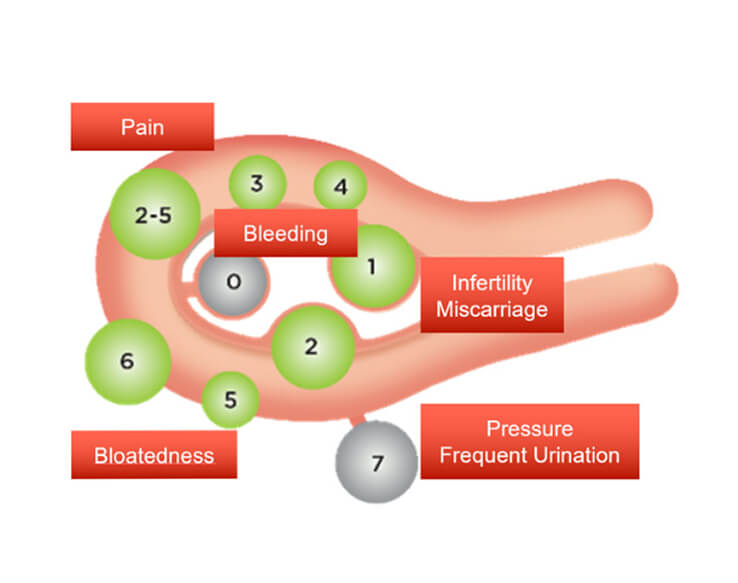
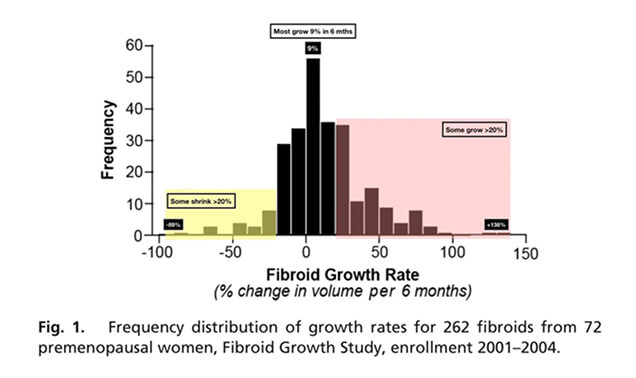
When fibroids are small and not causing symptoms, they can be monitored with yearly scans.
The natural history of fibroids is that they can grow with time. They will stop growing after menopause and begin to shrink. Most fibroids grow at a rate of 10% of its volume every 6 months. Naturally some fibroids grow faster and some may even shrink with time. (Peddada et al)
Not all fibroids require immediate treatment. Smaller fibroids (<4cm) that are not causing symptoms, may not require medical treatment.
Some fibroids that cause mild symptoms can be medically treated. Other fibroids, depending on the size, location and severity of symptoms, may be suitable for non-surgical treatment to shrink it, or may require surgery for complete removal.

For symptomatic relief of fibroids
Tranexamic Acid – to manage heavy menstrual bleeding associated with fibroids.
Painkillers – to relieve the painful pressure caused by large fibroids.
Selective Progesterone Receptor Modulators (SPRM) that was previously used to shrink fibroids and stop its associated bleeding issues, is now not recommended. This decision was taken by the European Medicines Agency in Sept 2020 because of the possible risk of unpredictable liver injury associated with SPRM.
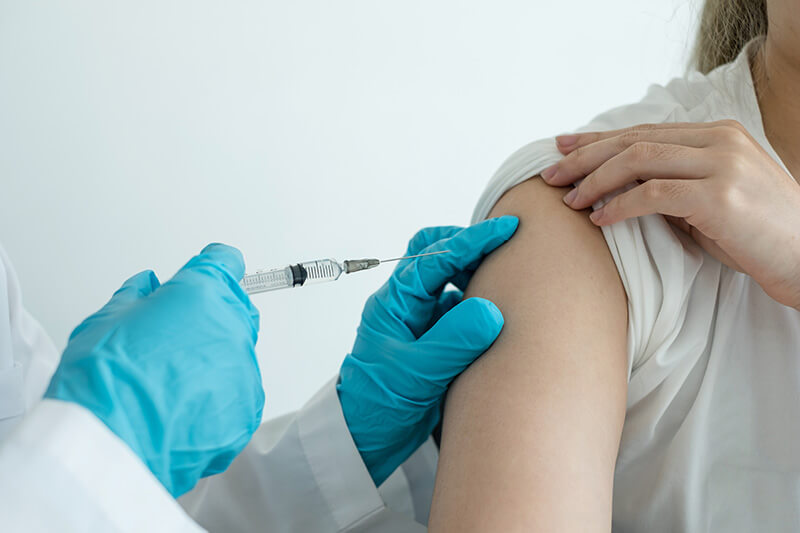
For temporary shrinkage of fibroids 3 months prior to surgery
GnRH injection causes a temporary state of menopause by blocking all female hormones. During this induced-menopause state, fibroids start to shrink by up to 50% in 3 months. When the GnRH injection wears off, the fibroid will grow back to its original size.
GnRH does not shrink fibroids permanently. They can be used to shrink very large fibroids, so that removal is then possible by laparoscopy keyhole surgery.
GnRH can cause severe menopause side effects like hot flushes, mood swings and sleep disturbances. It can also cause osteoporosis if used for more than 6 months, hence GnRH is only used as a short-term treatment.
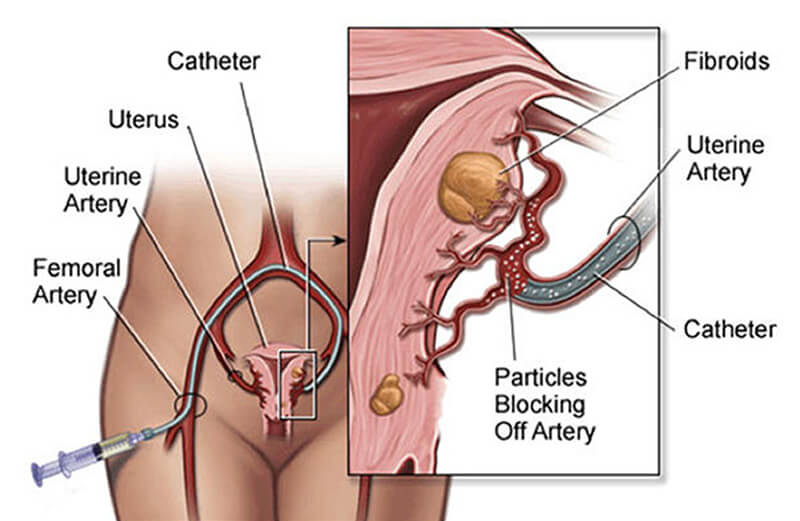
For shrinkage of fibroids by blocking blood supply
UAE is a procedure performed by a specially-trained radiologist. Under X-ray guidance, a catheter is inserted through a blood vessel at the groin to access the blood vessels supplying the fibroids. Particles are then injected to block the blood supply of the fibroid.
Once deprived of blood supply, the fibroid will shrink permanently over 6 months. This procedure is suitable for women who wish to avoid surgery, however it is not advised for women who are planning to have children in the future.
The immediate side effects may include moderate to severe pain, and a possible risk of infection and bleeding. The long-term side effects include loss of menstruation, early menopause and failed fibroid treatment.
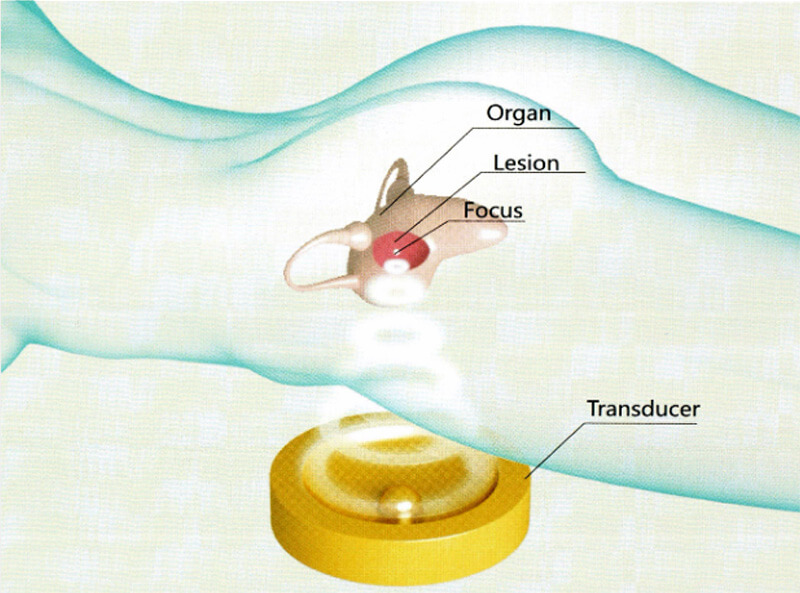
For destruction of fibroid tissue using a focused ultrasound beam
This treatment uses high-intensity ultrasound beams to target the fibroids, so as to heat up the fibroid tissue to 55-90°C, resulting in cell death.
It is effective in reducing heavy menstruation caused by fibroids, and can also shrink fibroids by 30-50% of its initial volume within 6-12 months after treatment.
HIFU has been proven to be safe for women who wish to conceive. However, it may not be suitable for women with abdomen or pelvic surgical scars.
In Jan 2021, the Ministry of Health Singapore reviewed HIFU treatment for uterine fibroids and decided that HIFU should be done in a research or clinical trial setting.





